 |
 |
 |
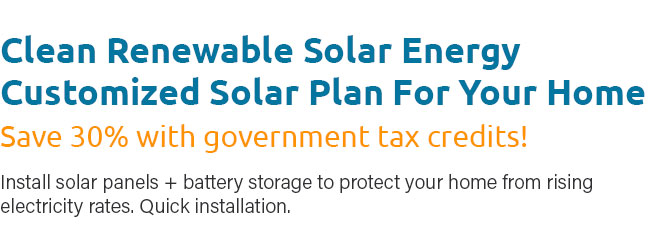 |
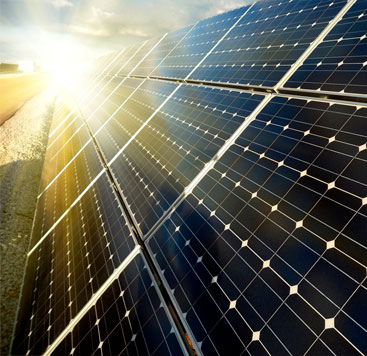 |
 |
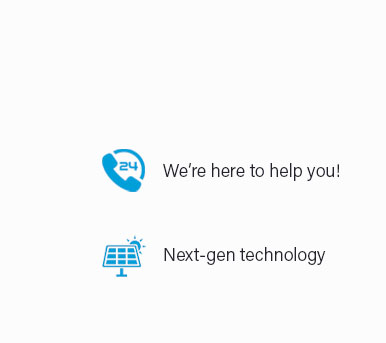 |
 |
 |
 |
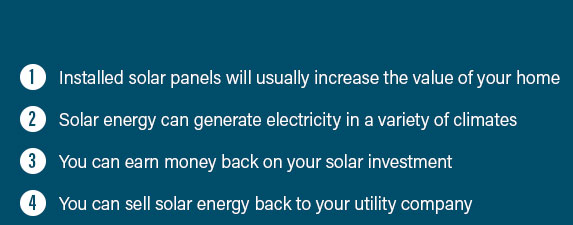 |
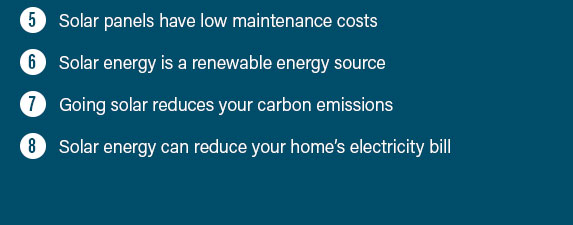 |
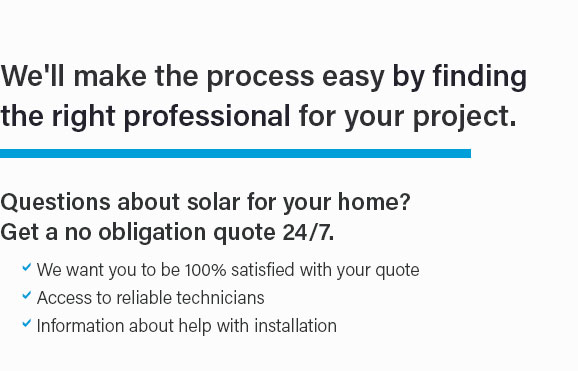 |
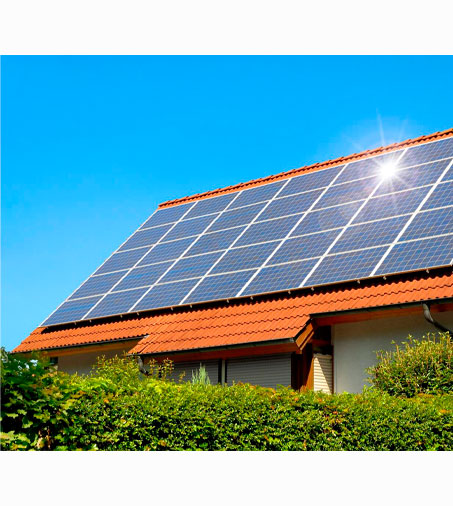 |
|
 |
 |
 |
The Cost of Solar Panel Installation for Home: A Comprehensive OverviewIn recent years, the adoption of solar panels for home use has surged, driven by increasing environmental awareness and the enticing promise of reduced electricity bills. However, understanding the cost of solar panel installation is crucial for homeowners considering this sustainable energy solution. While the initial investment can seem daunting, a deeper dive into the specifics reveals a more nuanced picture. Firstly, it's essential to consider the base cost of the panels themselves. Prices have declined significantly over the past decade, yet they remain a substantial part of the overall expense. Typically, the price of solar panels is measured in terms of cost per watt, with current averages hovering around $2.50 to $3.50 per watt depending on factors like panel efficiency and brand reputation. For an average American home, which might require a 5-kilowatt system, this translates to $12,500 to $17,500 just for the panels. Beyond the panels, installation costs form a significant portion of the total investment. This includes labor, mounting equipment, and inverters. Labor costs can vary widely based on location, with urban areas generally commanding higher rates. Additionally, the type of roof and its condition can influence installation complexity and cost. For instance, installing on a steep or complex roof may incur higher expenses due to additional safety measures and time required. Incentives and rebates play a pivotal role in offsetting these costs. The federal investment tax credit (ITC) currently allows homeowners to deduct a significant percentage of their solar costs from their taxes, though the exact percentage has fluctuated over the years. Many states offer additional incentives, including rebates, property tax exemptions, and even performance-based incentives, which can substantially reduce the effective cost. When contemplating solar panel installation, it's prudent to consider long-term savings and the system's return on investment (ROI). While the upfront costs may be significant, many homeowners find that they recoup these expenses through reduced energy bills within 5 to 10 years. Moreover, as energy prices continue to rise, solar panels can act as a hedge against inflation, providing even greater financial stability.
In conclusion, while the cost of installing solar panels for a home may seem substantial initially, the economic benefits and environmental advantages provide compelling reasons for consideration. By carefully evaluating installation options, taking advantage of available incentives, and understanding the long-term savings, homeowners can make an informed decision that aligns with both their financial goals and environmental values. https://www.nerdwallet.com/article/mortgages/solar-panel-cost
The average cost of a typical-size home solar panel system is about $30000 ... Whether you have net metering. To encourage people to install solar ... https://www.solar.com/learn/solar-panel-installation-cost/
Solar Panel Installation Cost - Current industry average cost = between $3 to $4 per watt - Average size solar panel system = around 7 kilowatts (a kilowatt is ... https://www.quora.com/What-is-the-average-cost-of-installing-solar-panels-on-a-house-Are-there-any-affordable-options-for-individuals-with-limited-funds-to-access-solar-power
The first thing I found was this: According to our solar experts, solar panels cost about $19000 to install in the United States, ...
|